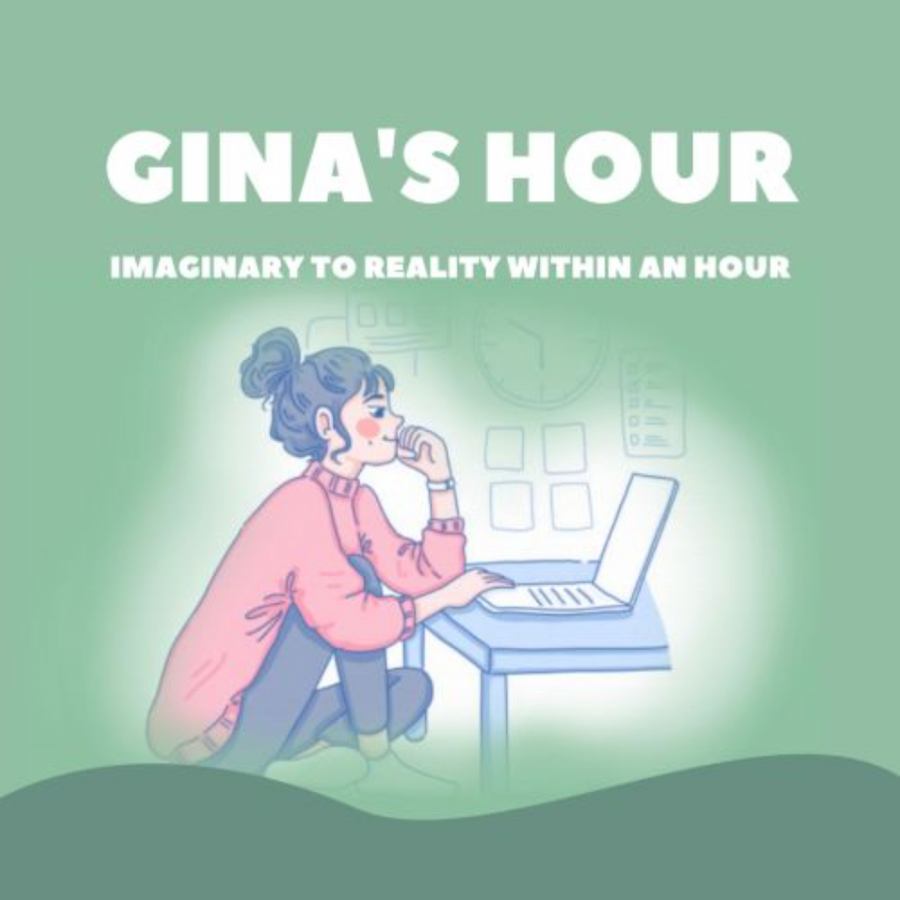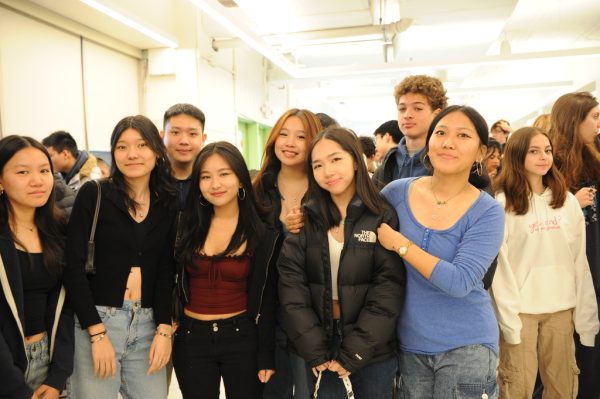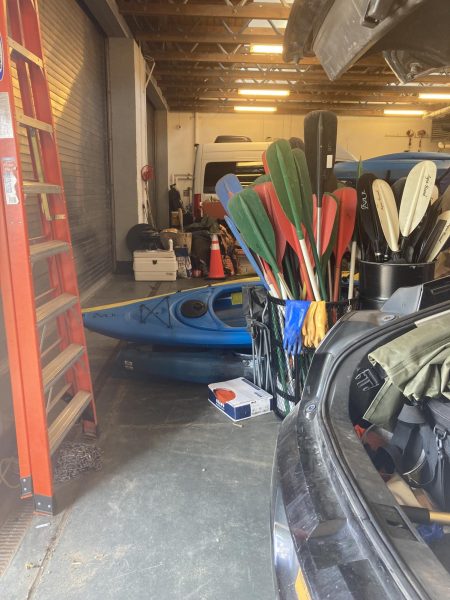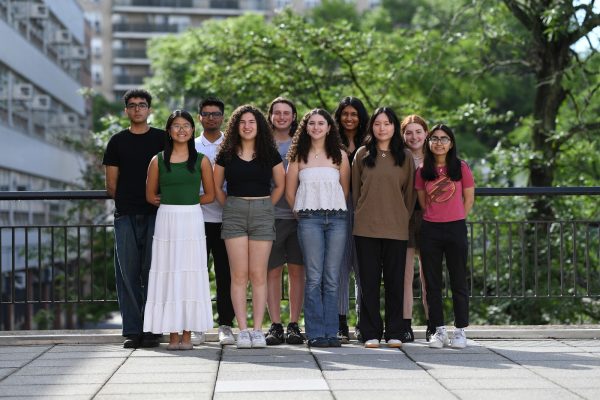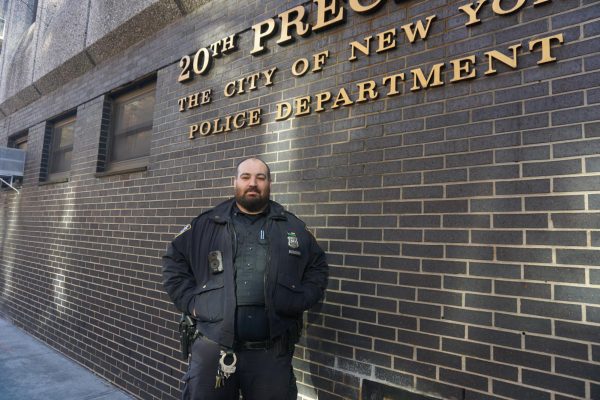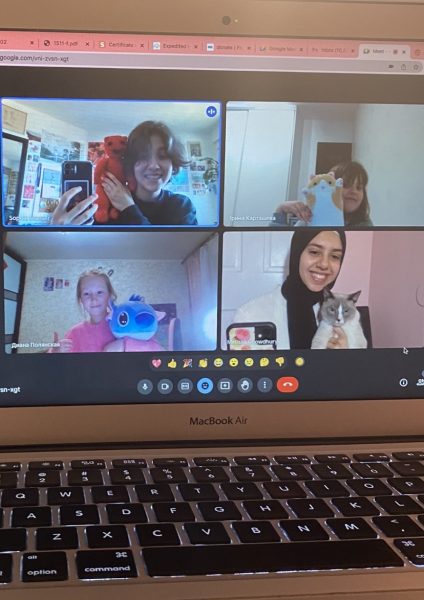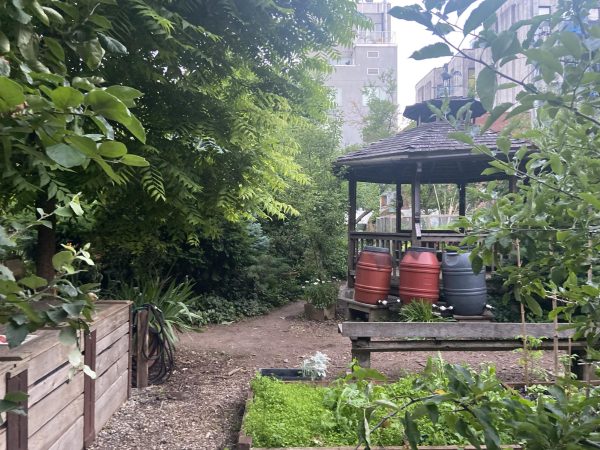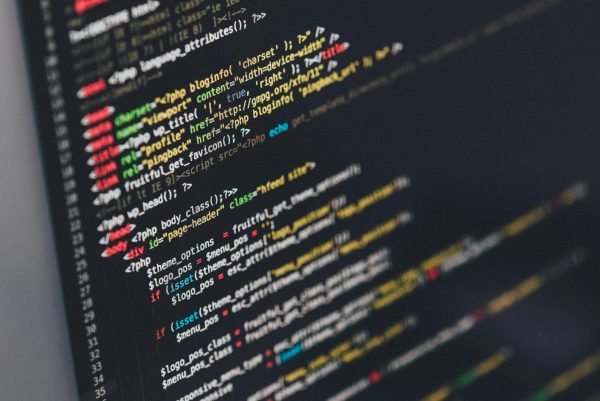Student-Produced Podcasts: Yellow Fever and Gina’s Hour
Creating your own podcast seems like a daunting task, but a few Bronx Science students took the big leap and are happy with the results.
You can get ‘digestible’ news regarding the latest technology at Gina’s Hour.
Teenage life is truly complex. We are constantly in a battle between clinging onto our distant childhoods and growing into our practical adulthoods. So often, we still dream of fantastical plans, like writing original songs, or building computers from scratch. But sadly, most of these plans are forgotten or cast aside due to other more urgent time commitments. However, a few Bronx Science students have successfully made their visionary dreams of starting a podcast into a reality.
Among some of those students are Branden Chen ’22 and Chloe Guerrero ’22 who started their podcast, Yellow Fever in November 2020. Like many of us, Chen and Guerrero were lost in boredom during the summer of quarantine; but then, Chen had the brilliant idea of starting a podcast. However, like with any ambitious plan, there were a myriad of doubts and insecurities.
“For me personally, the hardest part was actually talking. It’s really just like, are people going to think we’re annoying? Are people really going to be interested in us spending an hour talking about high school? Or is it something that people would genuinely be interested in?” said Guerrero.
“I think the hardest part for me was building the courage to actually just go out and do it,” said Chen.
Fortunately, we perceive most things as daunting only because they are masked with a veil of the unknown. So, with research and dedication, Chen and Guerrero decided to give their spontaneous podcasting idea a try. “Once you get in the mindset, you can do a bunch of google research and figure out what you need,” Chen shares. “Then, you overcame the hardest part and it’s just smooth sailing from there on.”
Chen says, “I think podcasts with gen-z or younger kids really provide a safe space for people when they’re stressed, especially because last year wasn’t necessarily ideal. It’s important to have people there to talk to and listen to, and I think our podcast does exactly that.”
Yellow Fever gives its audience a peek into a 21st century teenager’s mind. The title references previous epidemics of Yellow Fever in America in 1793 and links with the present, as we are living through the current global Coronavirus pandemic. Adults can tune in to learn about a teenager’s opinion on topics as trivial as their episode on, “Fashion Over the Years,” or as serious as their episode on “Brandon Bernard and Systemic Racism.” Fellow teenagers can also tune in and reminisce about being in a close friend group while in this lonely quarantine.
“We like to make it a very inviting environment so no one feels uncomfortable, but at the same time there are specific things we need to talk about, things like racial injustice, and other serious issues that we have to address,” said Chen.
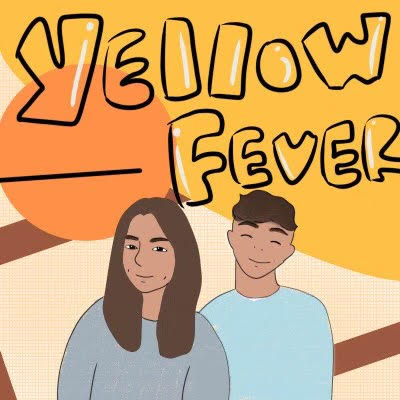
“With the serious ones, I feel like it’s also really important because one of the points of our podcast was to highlight the opportunity it gives teens to actually have a voice in serious matters that they really wouldn’t have otherwise,” added Guerrero.
After releasing twenty six episodes, Chen and Guerrero have garnered listeners from all over the world such as from China, Europe, Australia, South America, Texas, and Colorado, according to Chen. Although they are gaining some notoriety, they want to keep their weekly conversations as genuine as possible. “At the moment, we’re not really thinking about that [attention] because it’s really just us having a conversation, and the only difference is that we have two microphones in front of us,” said Guerrero.
The time commitment needed to create your own podcast is no easy feat, especially during high school when the workload is high. Filming a 45 minute episode bi-weekly has proved to be extremely difficult for Chen and Guerrero, which is why Yellow Fever has switched to a weekly schedule. “Switching to once a week has not only made it easier for us, but it has also given us the opportunity to dedicate more time and put more effort into the individual episodes to ensure the highest quality,” explains Guerrero. So although podcasting is definitely time-consuming, it can always be adjusted to fit your time constraints.
After gaining some podcasting experience, Chen sees the podcast as not only “a safe space for our listeners but also a kind of a safe space for Chloe and I.”
Anyone can tune into Yellow Fever on all platforms such as Spotify and Apple Podcasts. Stay up to date on new releases with their Instagram, @officialyellowfeverpodcast.
Podcasts are not only loved for their entertainment, but also for their educational value. With podcasts like Gina’s Hour made by Gina Seo ’22, anyone can learn more about personal growth, STEM, and how rising technology will affect our society.
Similar to Yellow Fever, Gina’s Hour was made during quarantine. In fact, everything began during the beginning of online learning when Seo’s jazz band teacher started to teach her class about a digital music platform called GarageBand. “Through this, I was able to master GarageBand within a few months! This was the technical part of what I needed to do for my podcast,” said Seo.
For most of us, the summer of quarantine was filled with new endeavours and self-reflections, and for Seo, it was no different. Seo self-reflected by sitting down and voicing all her troubles from throughout the day as a voice memo. The next day, when her soul was well rested, she would listen to the voice memo and recommend solutions or ways to cope in healthy ways. “At one point, I realized that I was very talkative in my self-reflections, almost like I had things to say out loud for other people,” Seo noted. Along with her technological and conversational capabilities, Seo’s growing LinkedIn profile validated her confidence to speak on topics such as STEM and personal growth on her podcast.
With five episodes out so far, “every single podcast is tailored to those who want to grow as a person and gain more knowledge about their surroundings, and the changes we will begin to see in our society with emerging technologies,” explains Seo. But with Gina’s Hour providing us with so much information and advice, it is hard to believe we are learning all this from a sixteen year old. Seo accounts her knowledge to trial and error and the help of her network of experts, teens, and mentors. “During such a hopeless time, my network gave me inspiration. I was able to create a great community of people around me and started to learn by learning from them,” revealed Seo.
Similar to Chen and Guerrero, Seo voiced her difficulties with the time commitment, as “it was difficult to find time to start making podcasts consistently; recording a podcast can vary and sometimes take over an hour, editing and cutting things out can take more than an hour, and publishing the podcast might be the easiest part of the whole process.” But ultimately, “at the end of the day, the process is what matters and is very rewarding,” said Seo.
Overall, Seo’s goal with Gina’s Hour is “to share the great findings that I find through my interest and curiosities in research and technology so people can learn to appreciate what our world has for us to see and integrate to increase our quality of life,” said Seo.
Anyone can listen to Gina’s Hour on PodBean, Spotify, and Apple Podcasts.
If you want to read more about podcasts and their impact on the Bronx Science community, click HERE.
Creating your own podcast may seem like an intimidating journey, but ultimately, it is rewarding in several ways. Not only does a podcast provide a safe space to voice your opinions, but it also acts as an excuse to learn about a topic you otherwise would not set aside time for. Although a podcast requires a lot of work, Chen, Guerrero, and Seo all agree that the hard work is worth it in the end.
“It’s really just us having a conversation and the only difference is that we have two microphones in front of us,” said Chloe Guerrero ’22.
Miaoting Zhen is a Managing Editor/Advisory Editor for ‘The Science Survey.’ She finds journalistic writing appealing because of its informative yet...

